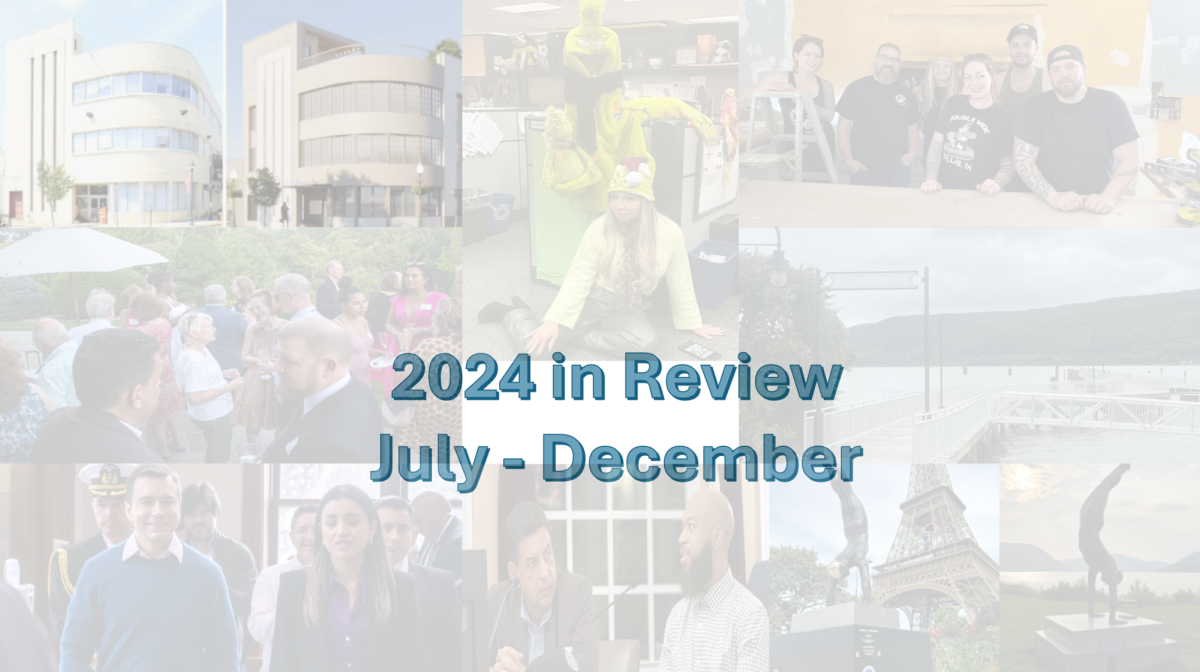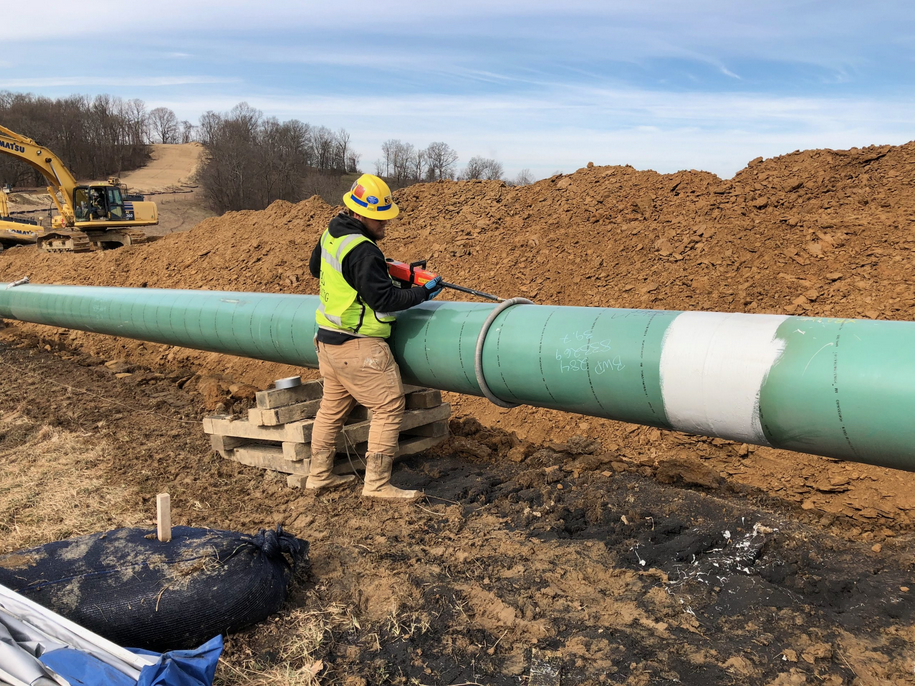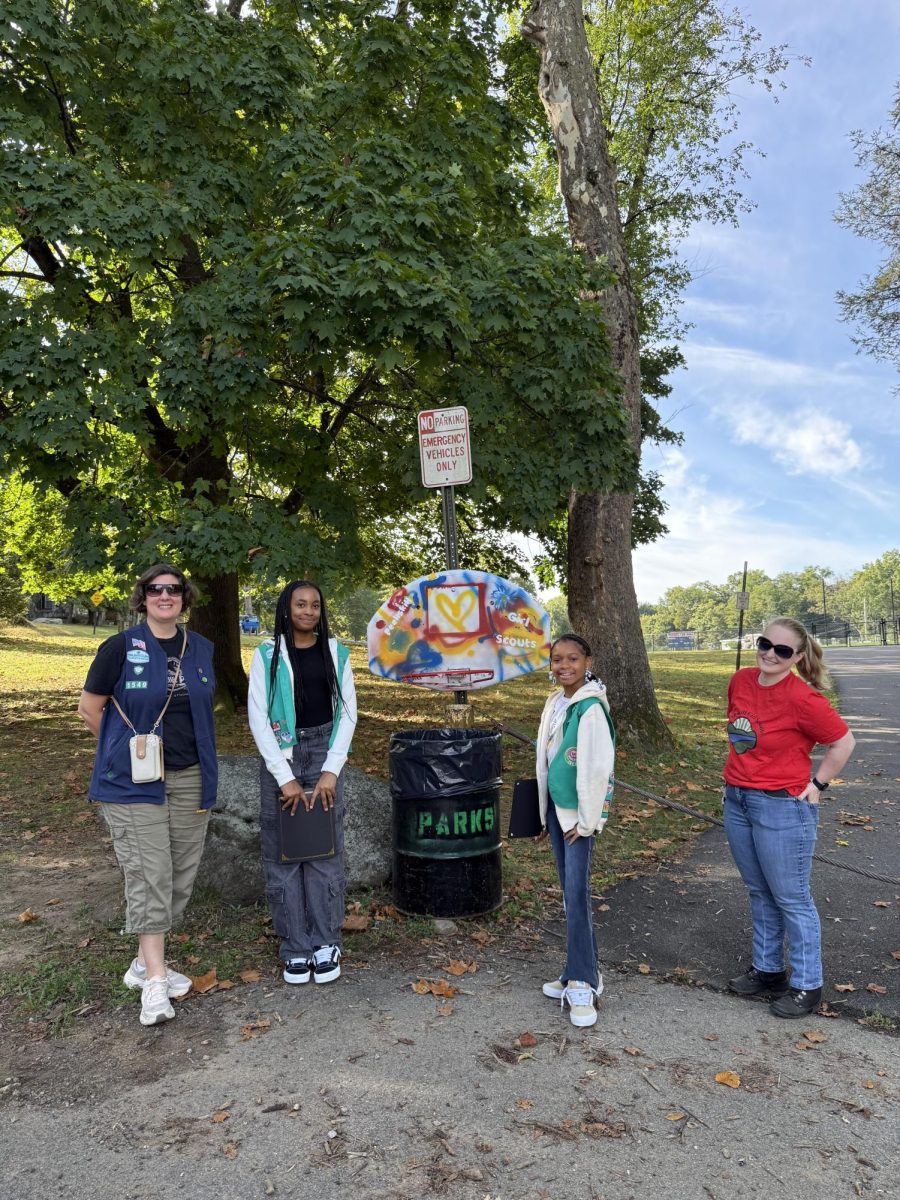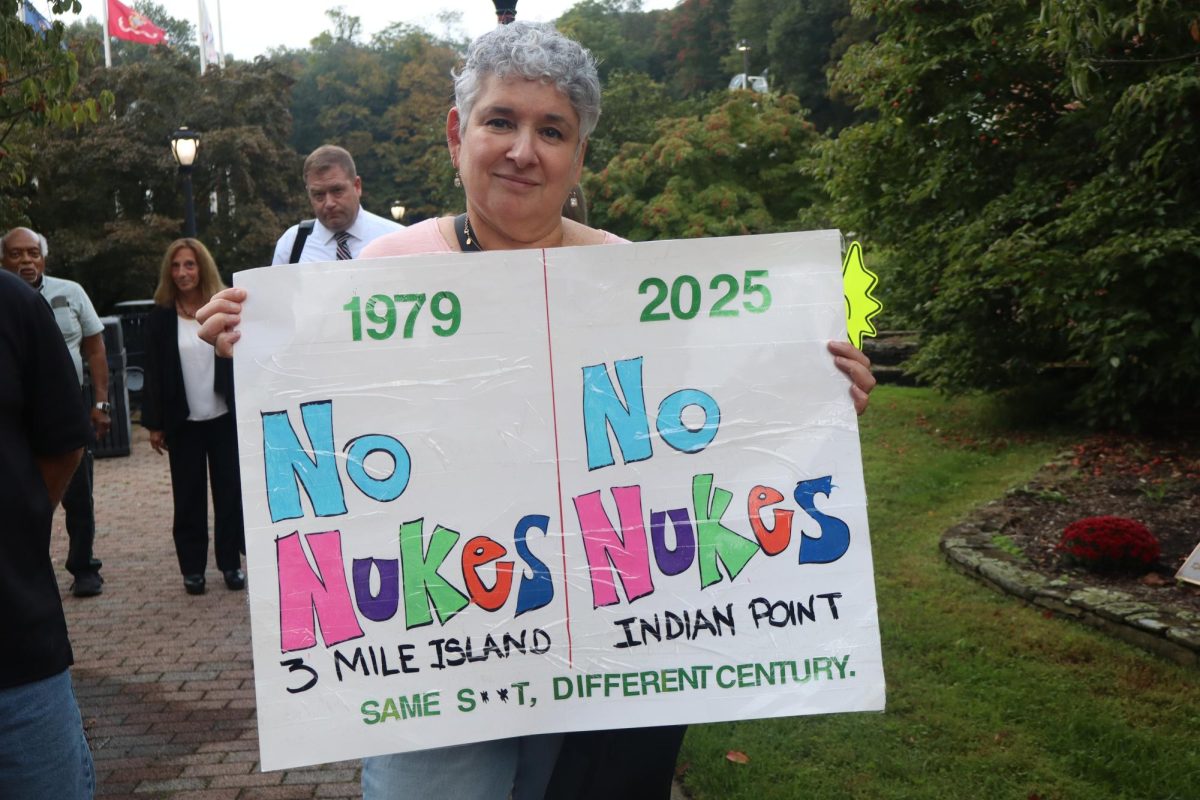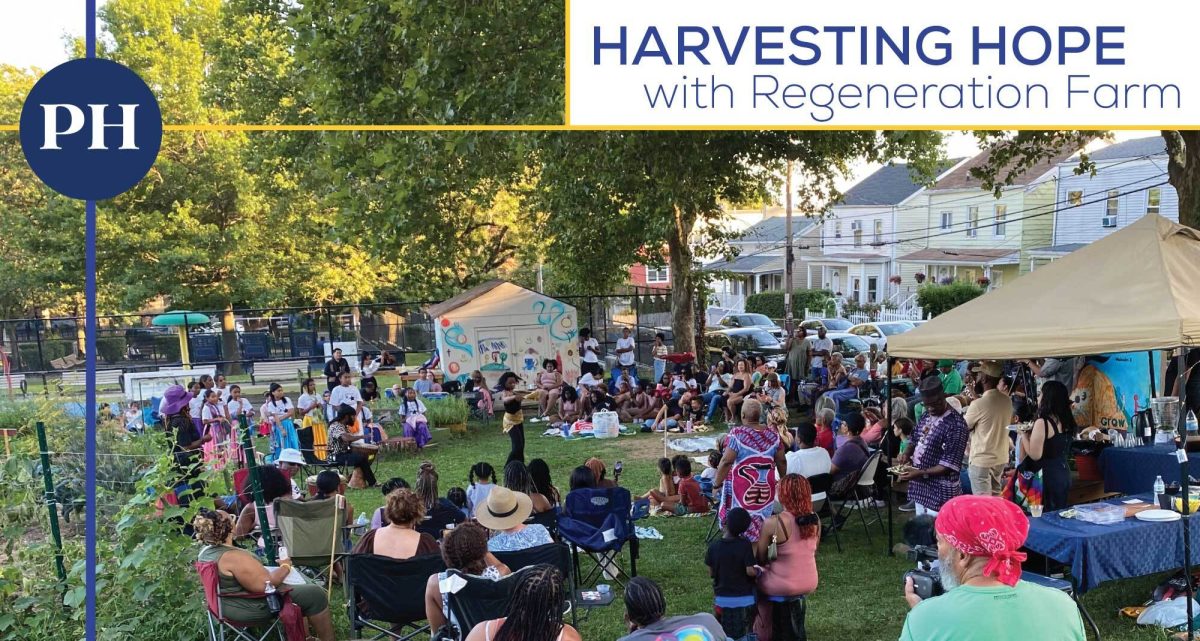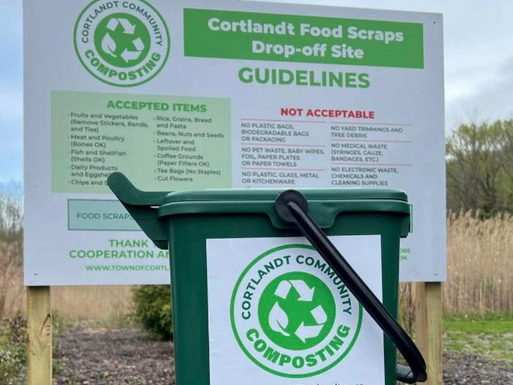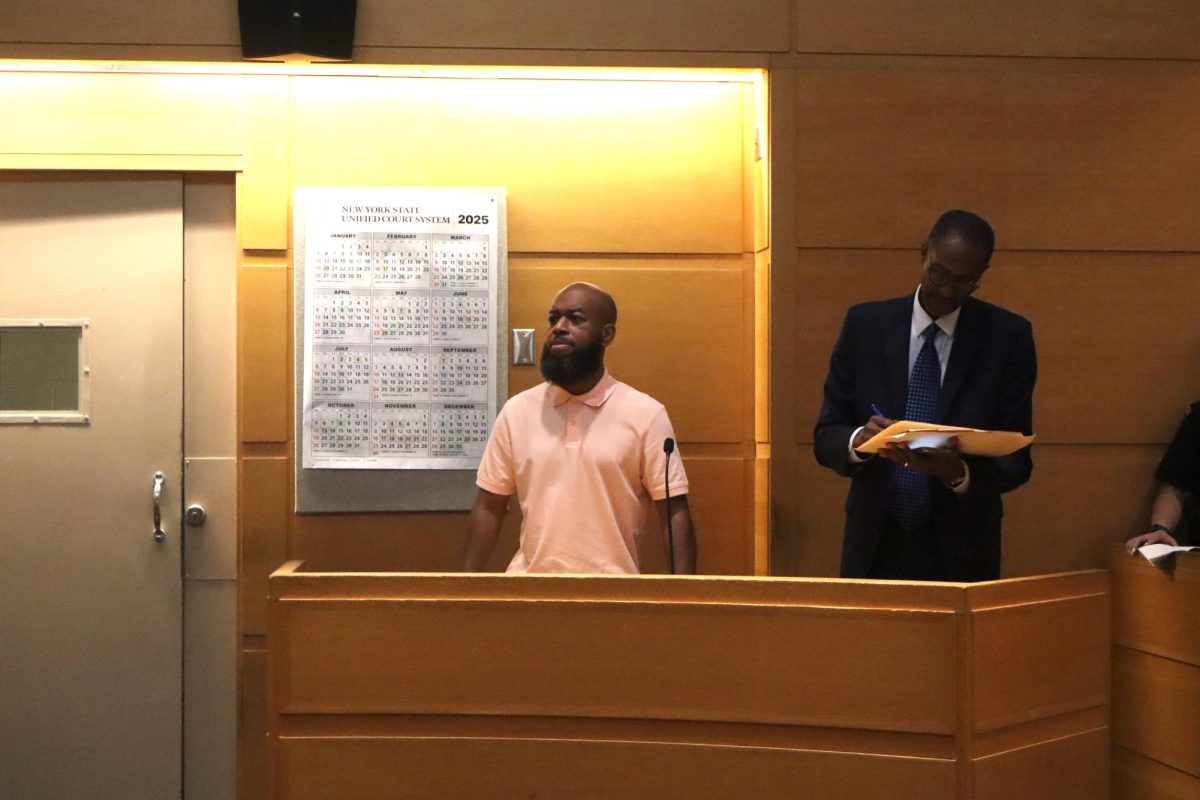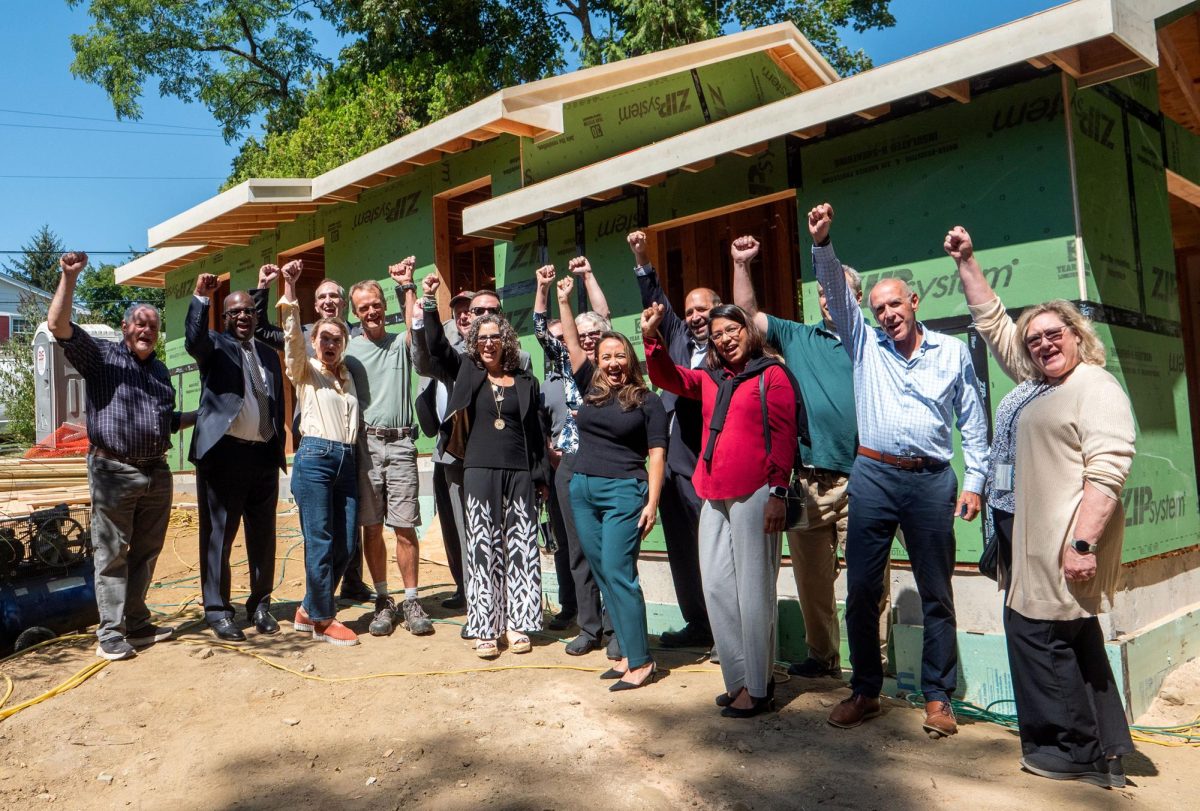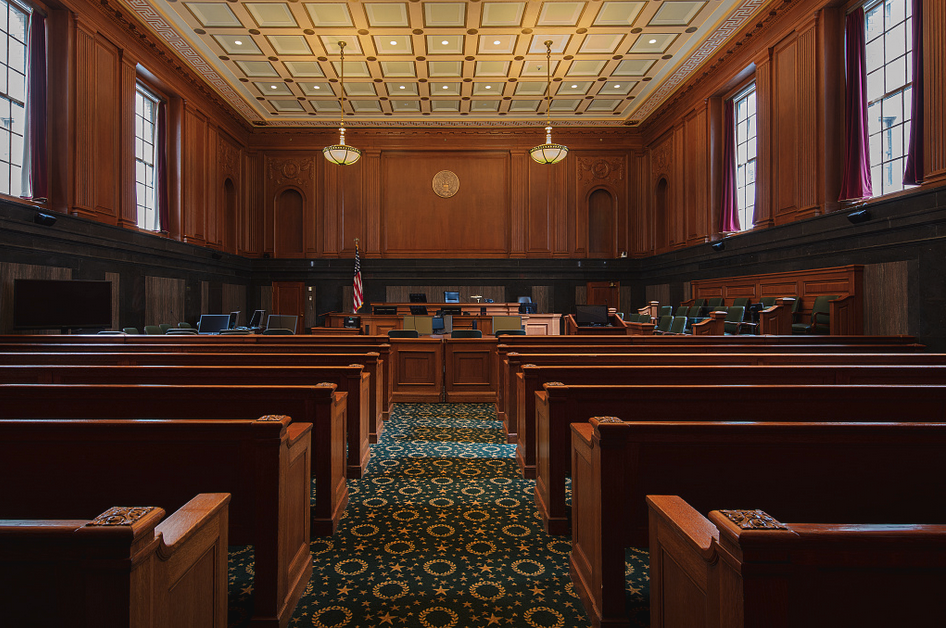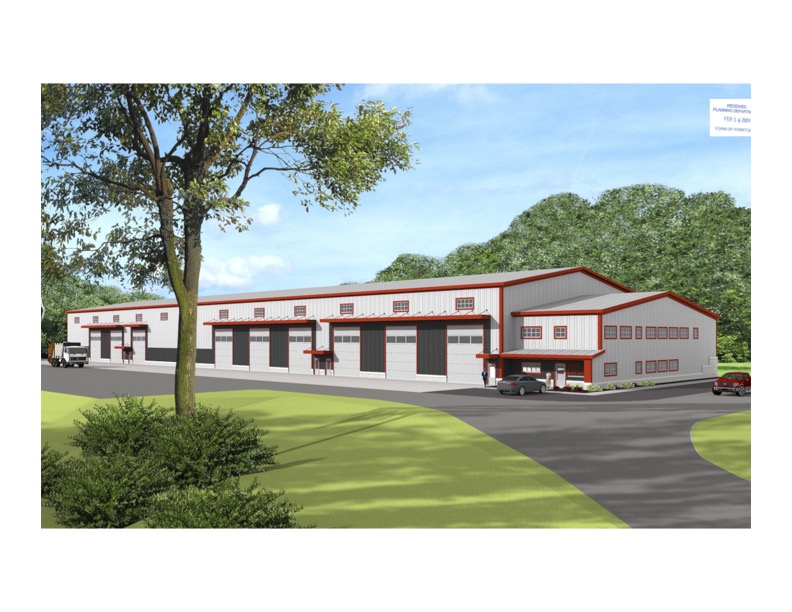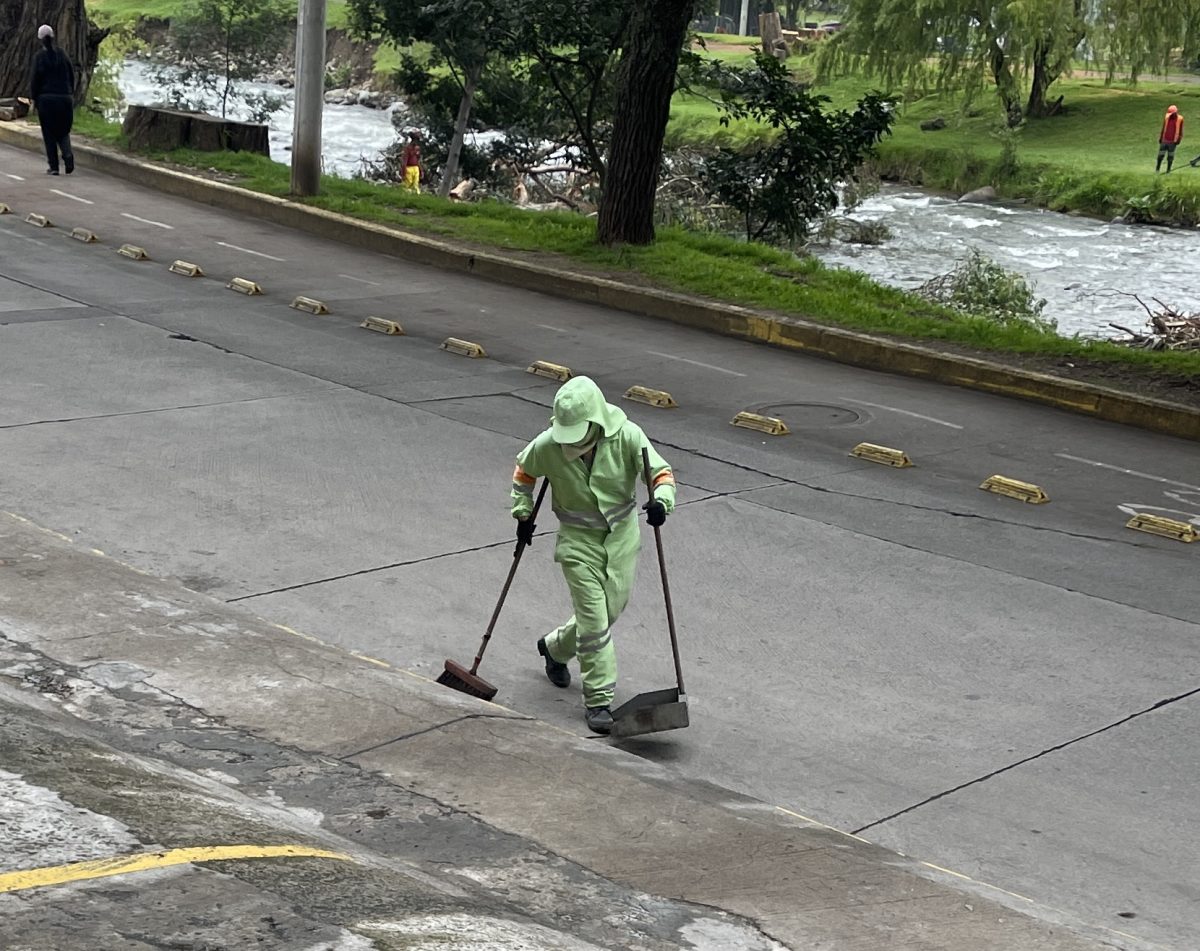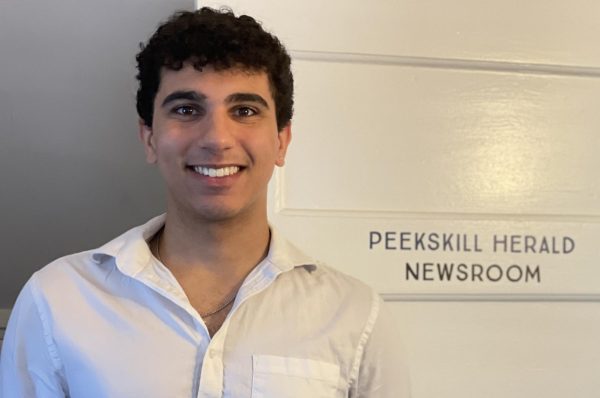Editor’s Note: This story was reported and written by Ray DePaul, the Herald’s Newmark Journalism School intern. Funding was provided by New York Community Trust – Westchester.
Jen Zawacki was walking her dog with her older son two weeks ago when she reached a four-way intersection near her home. As she approached, a driver zoomed past the corner’s stop sign.
After calmly telling the driver that there was a stop sign, he proceeded to make a U-turn and scream at her in front of her child claiming he “had been running the stop sign for 20 years.”
This story is just one that Peekskill residents shared with Herald reporters in the past two weeks as we explored the issue of traffic safety on downtown streets.
“As a pedestrian, it can be frustrating and scary to walk around a town where people are commonly disobeying traffic laws,” Zawacki said.
Reckless drivers are only one part of a larger problem. A heavy flow of commercial traffic through the heart of the downtown compounds the challenge for pedestrians. So does the cumulative emissions from all traffic, resulting in health issues for residents, pedestrian or not. No wonder some residents now claim that the streets and certain intersections are “death traps.”
Three municipalities formed a task force
Concerns that the heavy flow of commercial traffic disrupts the downtown community and the city’s infrastructure, as well as neighboring communities, inspired city staff to address concerns for pedestrian safety along with potentially dangerous trucks driving through the city’s most populated areas. Importantly, their concerns have now been picked up and supported by legislators and regulators working in the state.
The local initiative was spearheaded by a “Tri-Community Working Group ” composed of various staff from Cortlandt, Peekskill and Yorktown, among others. The group worked together on strategies for long- and short-term solutions for improving pedestrian safety within the Peekskill streets, as well as for handling the implications of any truck rerouting on surrounding communities.
These goals are ranked from low to high priority, as listed in a “Northern Westchester Corridor Needs” report issued in July 2023 by the New York State Department of Transportation, in partnership with the City of Peekskill, Towns of Cortlandt and Yorktown, and Westchester County.
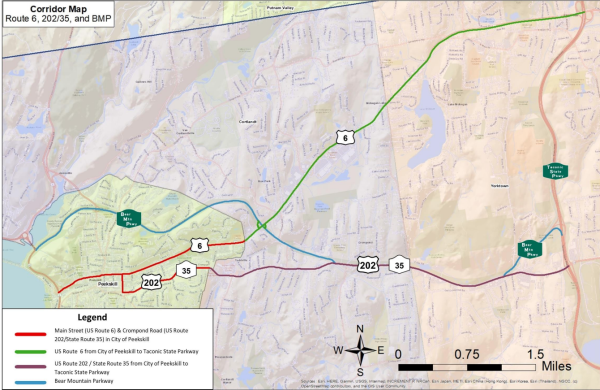
Traffic and Peekskill’s downtown today
Peekskill’s downtown area offers employment, medical facilities and schooling. The city wants to be able to build on this “strength,” according to Peter Erwin, a planner in the Peekskill Planning department. He believes that the many Peekskill residents who cross Main Street each day should feel safe living there and walking to access services.
“A high proportion of residents spend their days outside and in public spaces. [There’s a] huge senior community here and kids walking to school,” said Erwin.
These factors specific to Peekskill make conditions for vehicular accidents with pedestrians, as well as other health issues, more likely.
According to data collected by Peekskill’s Planning and Development Committee, most of the city’s vehicular accidents in 2023 occurred on Main Street, especially in the downtown area. This conclusion comes from a larger project where the committee charted where all incidents happened within the previous year.

According to Erwin, the Peekskill planning department is focusing on “high incident locations,” as shown above. Pedestrian- car collisions are a frequent issue discussed at city meetings by Peekskill residents, including Zawacki. Other residents have also emphasized the gravity of this issue in Peekskill. Many residents have cited the intersection of Main Street and North Division Street as being particularly dangerous.
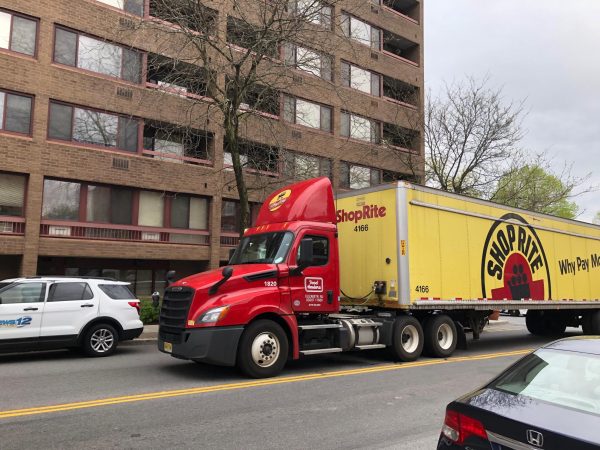
A ShopRite truck heading east towards the Main and Division Street intersection on May 1, 2019. (Photo by Jim Striebich)
“[The] intersection was very clearly designed to accommodate as many vehicles and trucks to move through our city, as quickly and as efficiently as possible,” said resident Conor Greene, a co-founder of Peekskill Walks, a civic group of neighbors who advocate for pedestrian safety. “Anyone on foot trying to cross areas is the third or fourth consideration in this equation.”
Among other stories shared by residents with reporters over the past few weeks, two women were hit by a driver while crossing in the middle of that Main and Division intersection in April, an unfortunate but “predictable outcome,” according to Greene. One of the women sustained serious injuries and was rushed to the hospital.
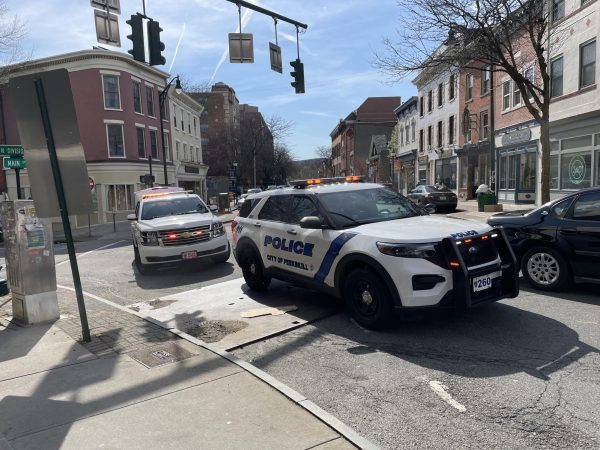
The intersection of Main and Division shortly after two pedestrians were struck by a vehicle in April. (Photo by Regina Clarkin)
“When you make your main street a truck route, you’re putting all those people second to commerce and the need to move goods,” said Greene. “People who live and spend time in our downtown should be the priority when all these decisions happen.”
The issue of pedestrian safety in the city of Peekskill has long been a topic of discussion with legislators. When Zawacki addressed the Peekskill Police Department and Council members in emails after the earlier-described incident and others, she noted that both parties were “incredibly responsive.”
Community health concerns
Colin Smith, Peekskill’s representative to the Westchester County Legislature, notes that truck traffic driving through Peekskill can also aggravate health issues for the population.
The Tri-Community Working Group acknowledged health as well as safety concerns. The study notes that reducing the number of trucks driving through Peekskill would in turn raise hopes of improving health conditions.
New York State grant to be applied to pedestrian safety
Last week, New York State Senator Pete Harckham announced that he secured $2.3 million in grants for local municipality projects. Peekskill Mayor Vivian Mckenzie said that pedestrian safety is of utmost importance for the city, and the funding would go to that end. Peekskill is receiving $100,000 as part of the grant.
In response to safety concerns raised by Peekskill citizens, Peekskill Director of Planning Carol Samol noted that good driving behavior is significantly influenced by well-designed roads.
“Every city wants well-designed streets that support both pedestrian safety and kind of ease traffic congestion, and the city is working hard to bring investments that will upgrade intersections where needed, and to further analyze intersections that are long-standing issues,” Samol said. She pointed out that many problematic intersections are older, and that the city must look at “how conditions have changed” over time to see if there are newer ideas to reduce danger.
All the more reason for a new study. And to that end, the state has committed three million dollars to conduct a “Traffic Impact Study” that will last approximately one to two years, according to Erwin. The study will examine Routes 6 (Main Street) and 202/35 (Crompond Road) in Peekskill, Route 6 (Main Street) from the City of Peekskill that passes through the towns of Cortlandt and Yorktown to the Taconic State Parkway. Route 202/35 (Crompond Road) from the City of Peekskill to the Taconic State Parkway and the Bear Mountain Parkway (BMP) that bypasses Peekskill’s downtown.
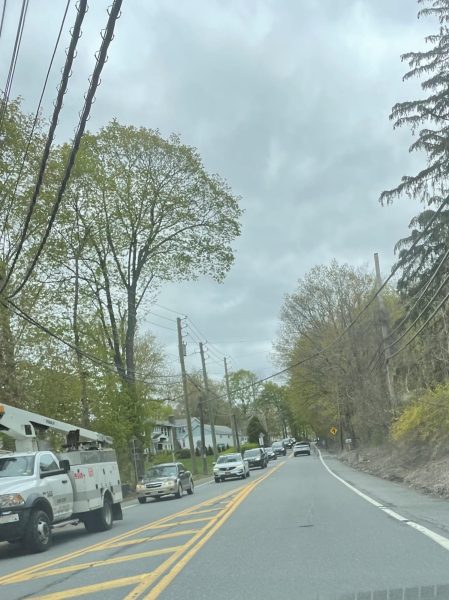
“It was a huge step to get this far,” said Erwin. “Usually when a project like this gets on the state’s Transportation Improvement Program, that means there’s a lot of attention and willingness from elected officials to fund recommended measures.”
The Tri-Community Working Group spent several months discussing the needs of all three municipalities and strategies to accomplish them. It culminated in a memo, taking cost into account to a significant degree.
According to the memo, the Traffic Impact Study should outline the proposed project, traffic impacts and the mitigation of the traffic impacts. In doing so, it should examine existing conditions and the journey of trucks, the capacity of the corridors and crash analysis.
“They’re looking at the entire corridor going east and west. [Peekskill’s] needs are only one piece of it,” said Samol. “Towns can have different goals that could compete with one another; the state and the county will have to weigh those all out as they look at the study and the results.”
Before engaging in a full Traffic Impact Study, the memo’s authors also recommend that a truck origin-destination study be conducted first. This type of study focuses on commercial vehicles that are currently prohibited from using the Bear Mountain Parkway during daytime hours and will confirm and document the existing conditions of the infrastructure.
Dan Ciarcia, Yorktown’s town engineer, notes that the Bear Mountain Parkway has been looked into since he began his career more than 15 years ago.
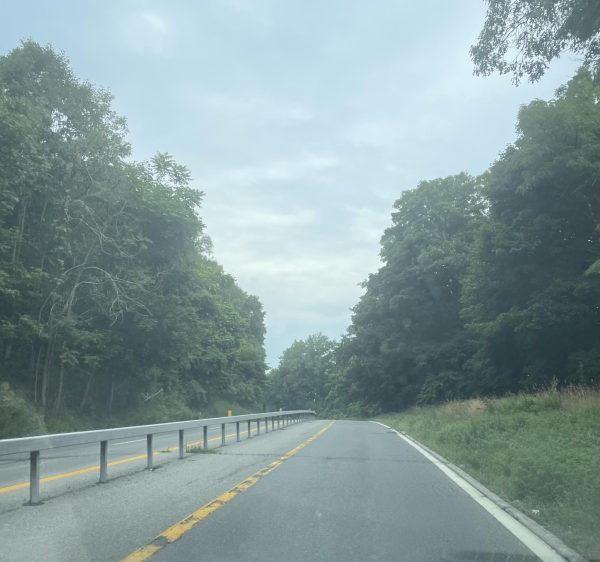
The parkway has been especially problematic because all normal “simple fixes” are too difficult due to its location and the terrain that it crosses. All the typical solutions that might otherwise be used, like increasing the lanes on Route 202 to the Bear Mountain Parkway or changing its pathway, are too expensive, he said.
Looking ahead
It is uncertain what the results of the new studies may yield and how the Department of Transportation will decide how to move forward. Meanwhile, pedestrian safety and ideas for reducing further pedestrian-related vehicular incidents in the city remain at the forefront of many Peekskill stakeholders’ minds.
Erwin acknowledged that businesses and residents may have different goals and would benefit from different solutions – for example, more available parking spots or increased bike lines and safer sidewalks, respectively.
“There are ways of accommodating all of that infrastructure in the roadway so that our streetscapes are nicer and more pleasant, better shaded, and people can bike and walk to where they need to get to, while not sacrificing efficiency for the vehicles,” Erwin said.
“This project has the potential to address much more than just efficient truck transportation. I think we will get there. It’s really about people’s experience living in downtown Peekskill,” he concludes.






